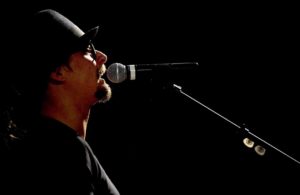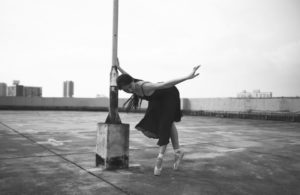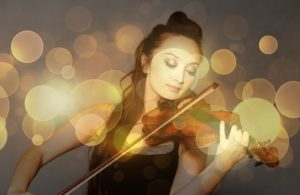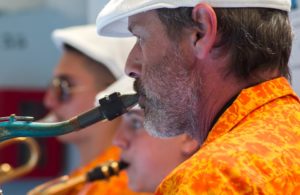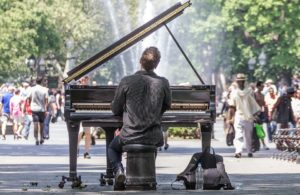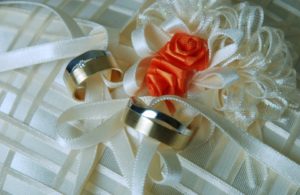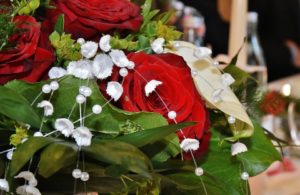When a conductor agrees to produce on an opera, it is his choice as to what instruments will be used for the performance. There are four general groupings used for traditional opera. These are woodwinds, brass, stringed instruments and the percussionists. The conductor must decide how many of each instrument group is necessary to produce just the right amount of sound from the orchestra pit. Modern operas may use traditional instrumental groups or include more modern instruments.
Composers of traditional orchestras had fewer choices in musical instruments. Because opera is an art form that is still growing, new combinations are now available. While a traditional opera would never contain a saxophone player, modern operas occasionally include the smooth tones produced by this instrument. Saxophone is often associated with jazz, but a modern opera performance may still contain one. It may be used as a substitute for a clarinet or the instrument may be called for by the original composer of a modern opera.
Stringed instruments are quite popular in traditional operas. They provide a great deal of the emotional content of the music. Violins have an extraordinary ability to portray emotions through their sound boxes and have frequently been used to enhance performances. Generally an orchestra for opera will contain 3 or 4 violinists to create the volume necessary to enhance the emotional atmosphere of the music. Modern conductors have the choice to use several violins at once or use an electric violinist to project heightened emotion during performances.
There are many choices for modern opera conductors. Instruments have expanded over the years, and modern operas have taken advantage of the wider range available. A conductor is responsible for the combined sound of the orchestra and works to balance each instrument against the overall musical content for a stunning emotional performance.






